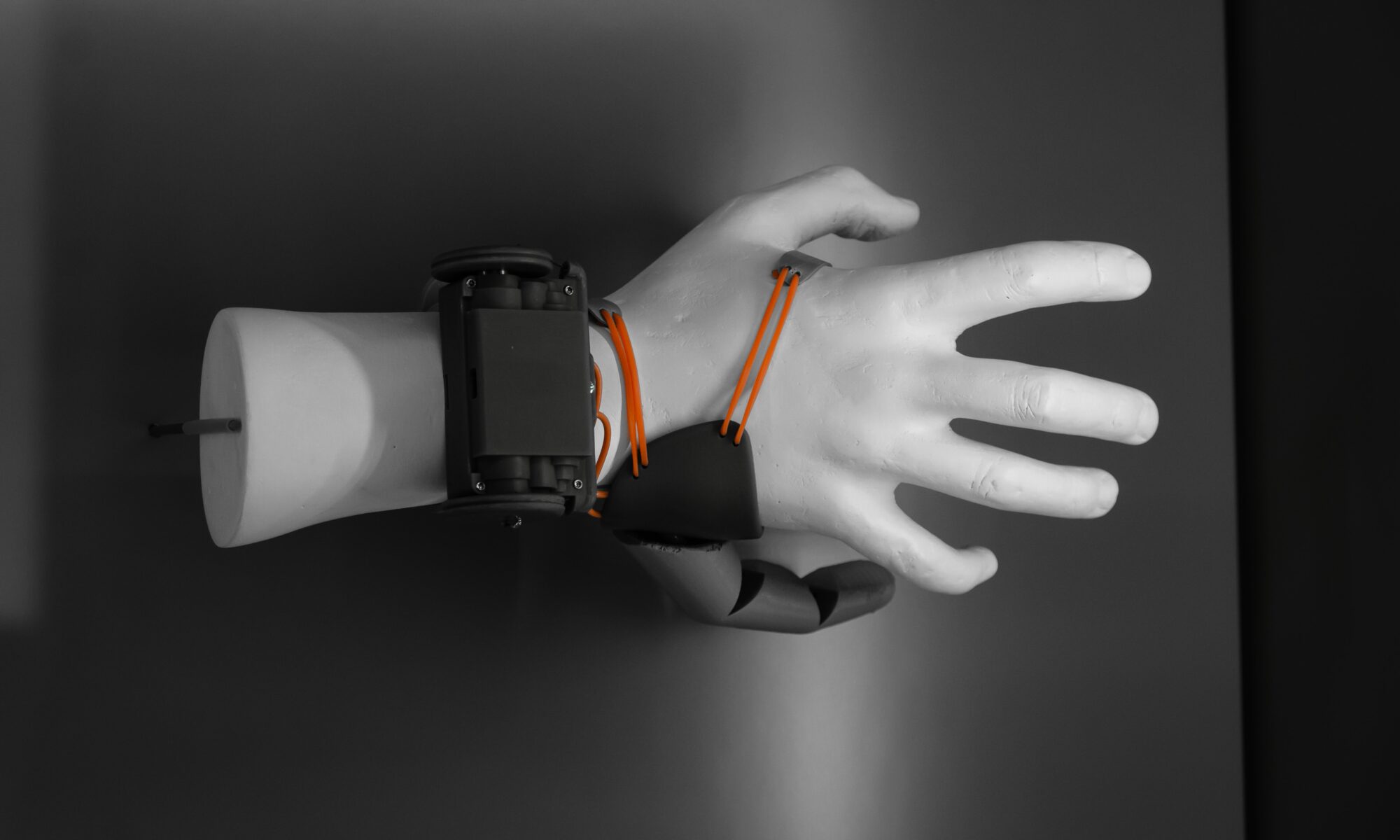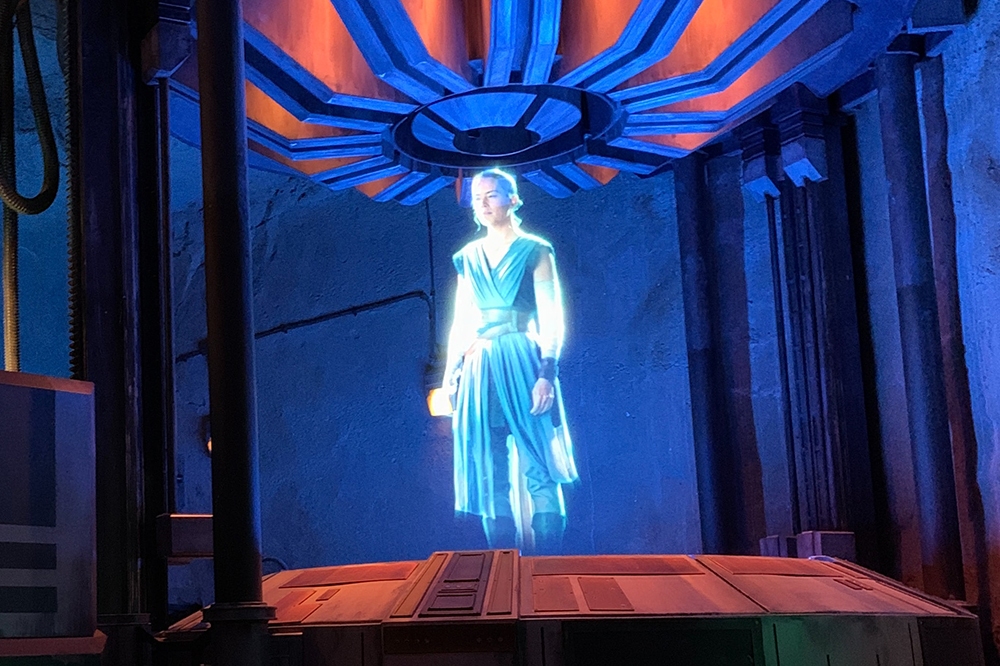In November 2021, “Mensch. Maschine. Kommunikation” (eds. Sarah Brommer and Christa Dürscheid) was published by Narr. The two editors introduce the topic in “Mensch-Mensch- und Mensch-Maschine-Kommunikation”. In the “Mensch-Mensch-Kommunikation via Maschine” part, the contributions come from Linda Bosshart (“WhatsApp, iMessage und E-Mail”), Roberto Tanchis and Leonie Walder (“Animojis”), Mia Jenni (“Die weinende, virtuelle Influencerin”), and Florina Zülli (“‘Neuer Partner’ in den Warenkorb hinzufügen?”). The part “Mensch-Maschine-Kommunikation I: Kommunikation mit Robotern” is represented by Ilona Straub (“Die Mensch-Roboter-Interaktion”), Jana Seebass (“Roboter als Partnerersatz”), Rahel Staubli (“Vertrauen in Lio und Co.”), and Andrea Knoepfli (“Mit welchen Strategien erzeugen Pflegeroboter Vertrauen?”). The part “Mensch-Maschine-Kommunikation II: Kommunikation mit Assistenzsystemen” is the work of Julia Degelo (“Der wütende Mann, die höfliche Frau – und die Frage nach dem Dazwischen”) and Ann Fuchs and Zora Naef (“Smart Homes im öffentlichen Diskurs”). The book (part “Exkurs: Mensch. Maschine. Menschmaschine”) is concluded by Oliver Bendel with his contribution “Chips, Devices, and Machines within Humans”. He discusses “Bodyhacking as Movement, Enhancement, and Adaptation”. The publication can be downloaded for free here.
The Hologram Girl Grew Up
Japanese company Gatebox has taken its holographic assistant to a new level in 2021 with the unveiling of Gatebox Grande. This is reported by HYPEBEAST. The hologram, which is now the size of an adult, is displayed on a 65-inch screen and can be used for applications such as a digital concierge or as an advisor and salesperson in a shopping mall. This makes the intelligent assistant a competitor to social robots like Pepper, Cruzr, and Paul. Inside the device “lives” a female anime character named Azuma Hikari, who can be “summoned” by voice or proximity activation. According to HYPEBEAST, she has a range of gestures, facial expressions, and voice tones to enable the most realistic interaction with the user. Life-size holograms will play a big role in the future. However, further research and development work is still needed.
AI at the Service of Animals and Biodiversity
“L’intelligence artificielle au service de l’animal et de la biodiversité” (“Artificial intelligence at the service of animals and biodiversity”) is the title of a webinar that will take place on 5 November 2021 from 10:30 – 12:00 via us02web.zoom.us/webinar/register/WN_SJjYGx7qQt-FezEBprGMww. There are over 600 registered participants (professionals from the animal industry, health care and animal welfare, also entrepreneurs, investors, scientists, consultants, NGOs, associations). The webinar is for anyone interested in technologies with a positive impact on animals (wildlife, livestock, pets) and biodiversity. The goal is to take advantage of the opportunities that Artificial Intelligence offers alongside the many technological building blocks (Blockchain, IoT, etc.). This first webinar will be an “introduction” to AI in this specific application area. It will present use cases and be the starting point of a series of webinars. On the same day, there will be a Zoom conference from 1:30 to 2:30 pm. The title of the talk by Prof. Dr. Oliver Bendel is “Towards Animal-friendly Machines”.


